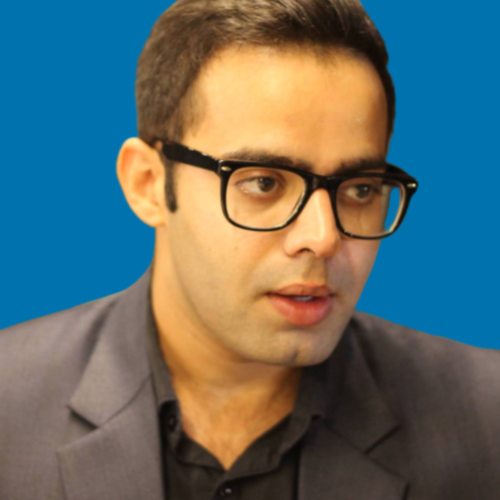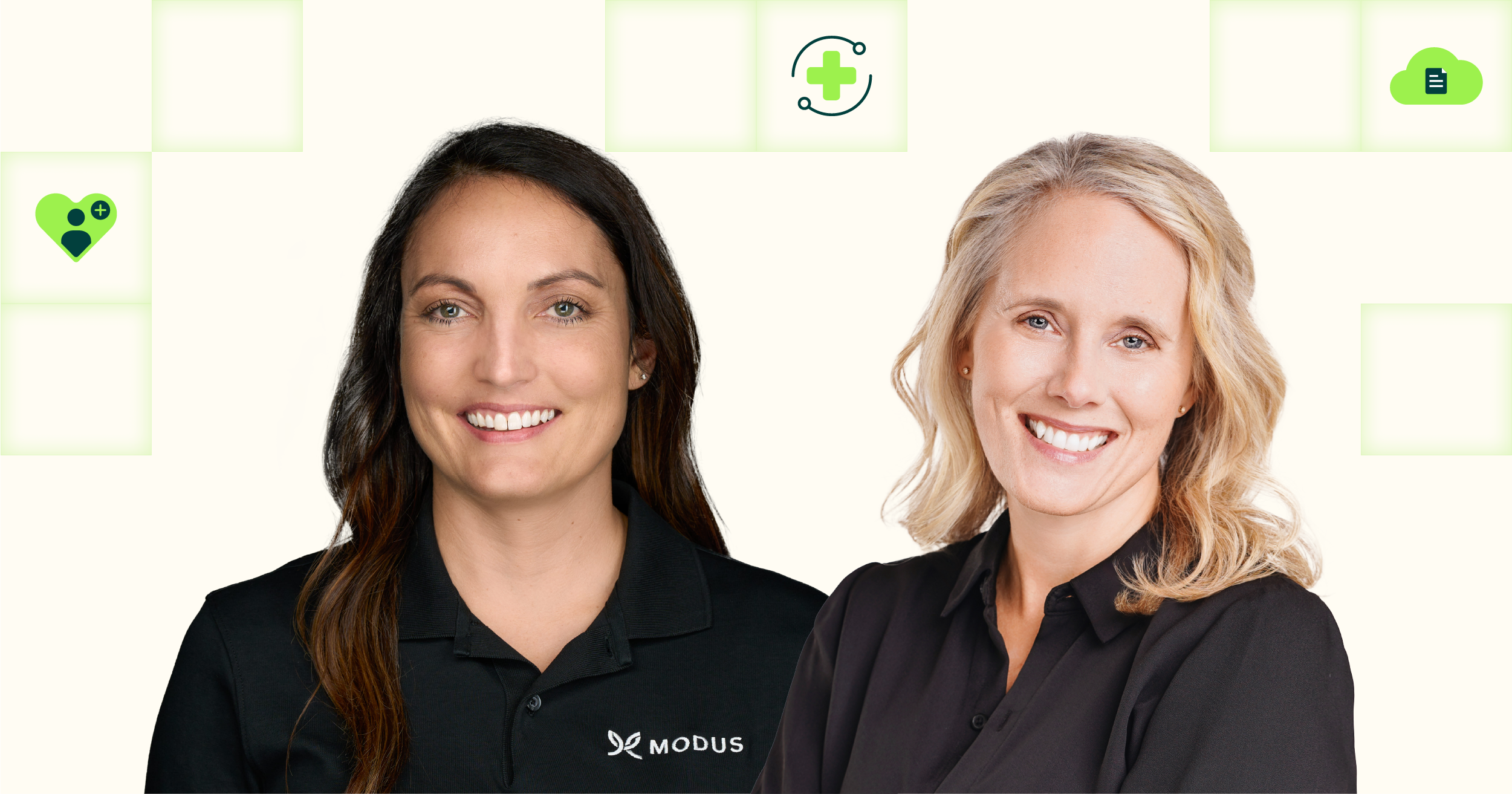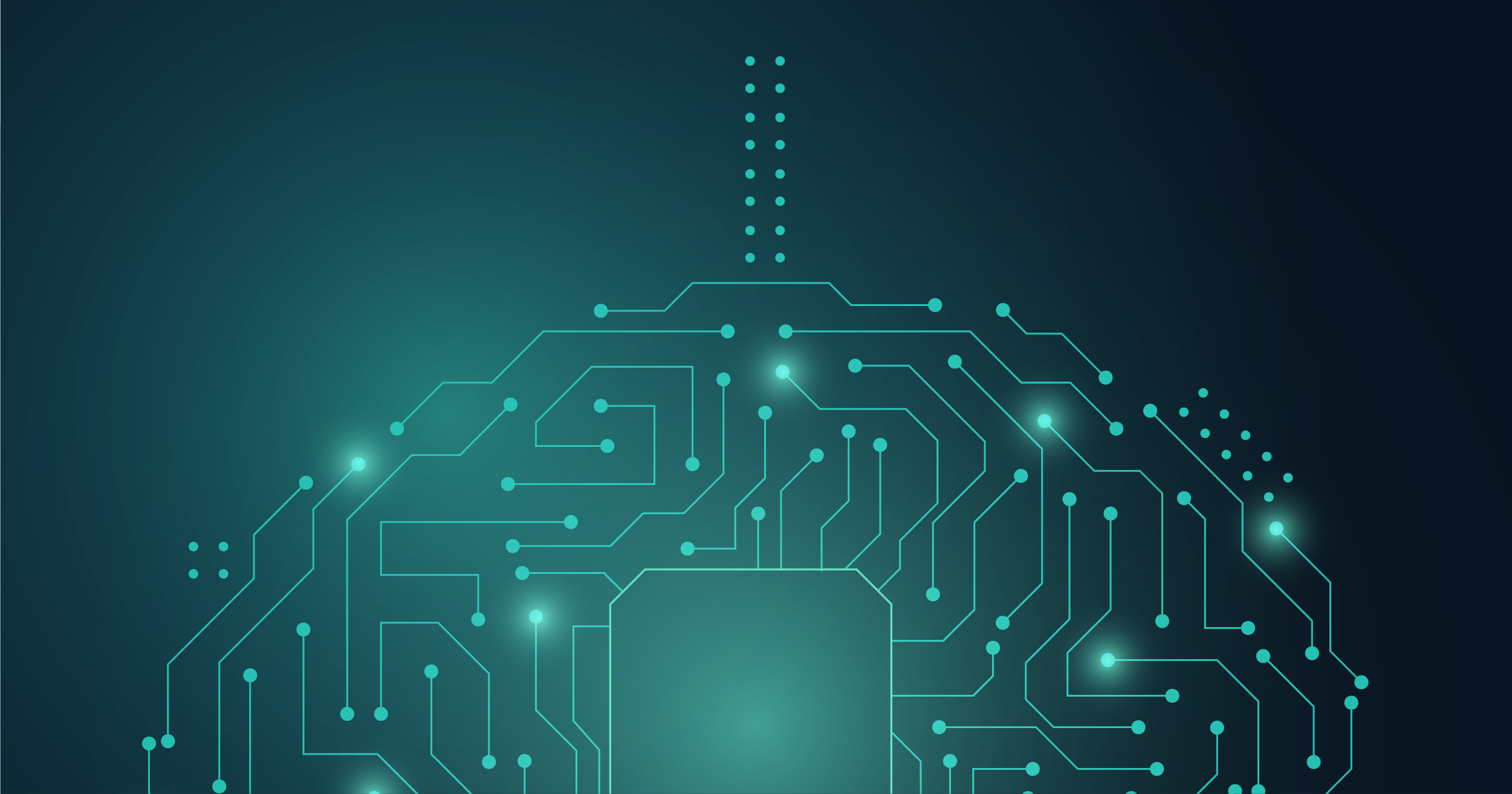These digital product development trends are picking up steam in 2023


Table of contents
Subscribe via Email
Subscribe to our blog to get insights sent directly to your inbox.
Serverless architecture
Search results for “serverless architecture” over the past 5 years (2/24/2023)
Serverless architecture is a trend that allows developers to create products without managing the underlying infrastructure. You don’t have to provision servers to run apps, storage systems, or databases at any scale.
Technically, serverless isn’t really “server less” as there are still servers that run your application, but they are managed by your cloud provider (read: out of sight, out of mind.)
According to a report by cloud solution provider CloudZero, companies that adopt serverless architectures experience a 71% reduction in infrastructure costs on average. In addition to cost savings, serverless provides automatic scaling and high availability, allowing businesses to quickly adapt to changes in traffic.
All major cloud providers (AWS, Azure, Google Cloud) provide serverless options, with AWS Lambda being the most popular serverless computing platform. By 2025, the serverless architecture market is expected to grow at a compound annual growth rate (CAGR) of 24.7%, reaching $14.93 billion in value.
Micro frontends
Search results for “micro frontends” over the past 5 years (2/24/2023)
Micro frontendsare an architectural and organizational framework for designing web applications composed of smaller feature apps. You can think of them as microservices but for UI.
Imagine a music streaming app like Spotify. In the traditional monolith approach, the entire app’s functionalities would be in a single codebase. If any part of the app goes down, the entire app can fail. While in micro frontend architecture, the app can be split into mini feature apps owned by independent teams — streaming bar, search field, artists library, etc. Each team can deploy changes to their feature independently, leading to more frequent release cycles and faster development.
Micro frontends are trending because they have immense benefits, but it’s not a technology you can use off the shelf. It’s also an organizational change. Therefore it’s vital to seek expert guidance and invest time in learning how micro frontends will alter your product development culture before you begin the transition.
DevSecOps
Search results for “devsecops” over the past 5 years (2/24/2023)
Traditionally, security appeared quite late in the digital product development process. Teams responsible for application security were often different from those working on features.
However, due to more frequent and sophisticated cyberattacks, organizations can’t afford to ignore this trend as an afterthought. This has led to the emergence and widespread adoption ofDevSecOps.
DevSecOps (development, security, and operations) is an approach that integrates security practices throughout the software development lifecycle. Developers deploy automated security tools and check code on the fly. The DevOps experts review, audit, test, scan, and debug code to ensure the application passes critical security checkpoints.
DevSecOps fosters a security-oriented mindset in organizations, reiterating that security is everyone’s responsibility. According to GitLab’s DevSecOps survey,57%of security team members said their organizations have either shifted security left (i.e., implemented security practices earlier in SDLC) or are planning to this year.
Cloud migration
Search results for “cloud migration” over the past five years (2/24/2023)
You’ve probably been hearing “cloud is the future” for the past decade now. Well, the future has finally arrived. Thanks to improvements in cloud security and customization, even organizations in sensitive industries like banking and healthcare are increasingly migrating assets to the cloud.Gartnerestimates that by 2025 over 95% of new digital workloads will be deployed on cloud-native platforms, up from 30% in 2021.
Cloud’s trending widespread adoption is reflected in many strategic decisions by technology giants. For example,Atlassianplans to end the sale and support for all of its on-premises server products on February 2, 2024, a move that has accelerated enterprise cloud adoption.
For many organizations, cloud migration is the stepping stone to widerdigital transformation. The cloud will continue to play an essential role in the digital product development process, reducing overall costs and increasing development velocity.
NEW RESEARCH: LEARN HOW DECISION-MAKERS ARE PRIORITIZING DIGITAL INITIATIVES IN 2024.
Artificial intelligence
Search results for “AI” over the past five years (24 Feb 2023)
Okay, I agree that “AI” and “ML” often serve as fillers on these kinds of lists. AI is a broad concept with ubiquitous influence, so it’s a good addition to most pieces exploring “technology trends.”
But this time around, it is real — 2023 will be remembered as the year when AI took off to another level.
ChatGPT has brought the AI discourse to every industry. Almost all major technology companies are increasing investment in AI models (BERT by Google, RoBERTa by Facebook, GPT-3, etc.) A report byPwCstates that AI could add $15.7 trillion to the global economy by 2030 — more than 3X the GDP of Japan.
As far as AI’s impact on digital product development is concerned, why don’t we hear straight from the horse’s mouth:
OKRs (Objectives and key results)
Search results for “OKRs” over the past 5 years (2/24/2023)
The OKR (Objective and Key Results)trend is a goal-setting framework that helps teams define measurable goals and track their progress — focusing on outcomes over outputs.
Although OKRs aren’t necessarily a product-related trend, they do have a direct impact on the product development process. Organizations that use this framework expect their product development process to bedirectly aligned with strategic goals, which changes how their roadmap is prioritized.
For example, suppose a company makes a data reporting platform for enterprises. Its mission is tohelp enterprises make better decisions.It picks a few objectives for the year to help achieve its mission. Here’s an example of how that can be interpreted by the OKR framework:
- Objective: We are considered a secure product for enterprises Key Result #1: Highlight security laurels in marketing content Key Result #2: Migrate to a secure cloud infrastructure Key Result #3: Achieve ISO 9001 certification
- Key Result #1: Highlight security laurels in marketing content
- Key Result #2: Migrate to a secure cloud infrastructure
- Key Result #3: Achieve ISO 9001 certification
Note that, unlike goals or objectives, key results are measurable. You either achieve a key result or you don’t.
Now, product development teams can use these key results as their guiding metrics and ensure their day-to-day work aligns with them. For example, any work related to migrating the product to the cloud will be prioritized over improvements in UI. OKRs ensure the company’s strategic priorities are reflected at the ground level.
Developer experience ties everything together
The above six product development trends will continue to garner great interest in 2023 and beyond. And while it’s useful to be aware of such trends, it’s even more important to be aware of the concept that directly impacts them all —developer experience (DX).
Organizations that create great digital products have a strong emphasis on creating a conducive experience for their developers. They treat engineers as creatives and focus on providing them with the right culture, tools, and processes. If your engineers spend a good chunk of their day in meetings and are stuck withmodernizing legacy infrastructure, no amount of agile coaching will help.
Developer experience provides a useful lens to leaders for evaluating digital product development trends and frameworks. If the latest product development tool or process doesn’t simplify the lives of your developers, chances are it won’t last for long. For example, an “agile” methodology that leads to more meetings for developers and reduces the time for deep work won’t be sustainable. On the other hand, anAI pair programmerthat turns natural language prompts into coding is likely to create several evangelists.
So when figuring out whether the latest product development buzzword is a fad or a defining trend, consider its implication on the experience of your developers.

Shiv Sharma writes extensively about digital transformation, emerging technologies, change management, and open-source culture.
Related Posts
Discover more insights from our blog.


